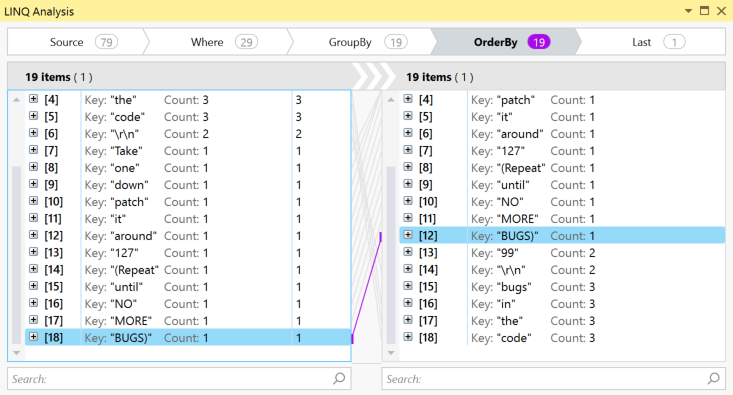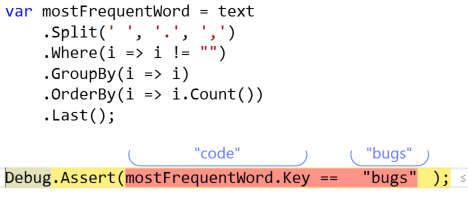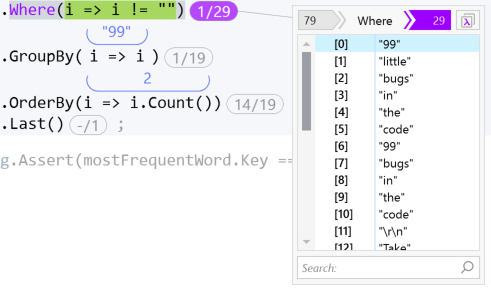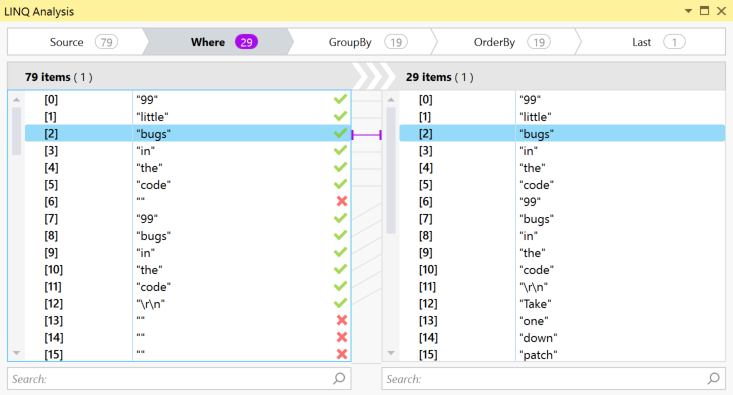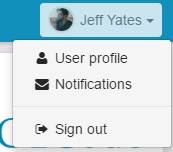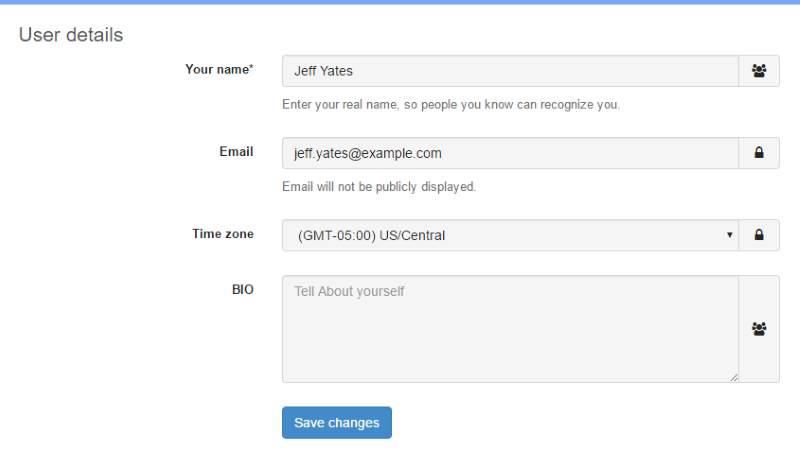We recently migrated most of our testing from the MSTest framework1 to XUnit 2 (from here on in, I will be referring to this as just XUnit). This was not a change taken lightly since it touched a lot of files, but we were motivated by a number of XUnit features, including reduced need to attribute test classes, easier data-driven tests, and parallel test execution.
Sadly, if you try this you may discover as we did that the XUnit documentation is equal parts super helpful and woefully lacking, depending on what you are trying to do. After hearing yet another colleague lament how hard it was to find information on some feature or other of XUnit, I thought it might be a good idea to document some of the things I have learned and hopefully, introduce yet another helpful XUnit resource to the Internet2.
For those not familiar with XUnit, the basics are pretty easy. In fact the existing XUnit documentation includes a handy table mapping concepts in other test frameworks to their XUnit equivalents. You can check that table out for details, but basically, through the use of attributes, constructors, IDisposable, and other interfaces, XUnit uses what I would describe as a more natural approach than other frameworks to concepts like tests, test initialization and cleanup, and test fixtures. Of course, this means that migrating from one framework to XUnit involves a bunch of file editing, but fear not for there is help.
XUnitConverter
The bulk of the migration was made a lot easier by using the XUnitConverter, a tool available in the dotnet/codeformatter GitHub repository. Although it does not take care of everything (beware if you have multiple test classes per file) and, depending on your preferred code format, can mess your formatting up a bit, but it does make the migration a lot easier.
The XUnitConverter runs against a csproj file. You can use PowerShell to recurse your solution and process all your projects like this:
Get-ChildItem -Recurse *.csproj | %{XUnitConverter $_.FullName}
Once the converter has done its thing, it is easy to identify further changes by using the compiler (things don't like to build if something did not work right). Although most things get converted with ease—[TestMethod] becomes [Fact], [TestInitialize] becomes a constructor, complex tests will need a little more assistance to fully migrate. For example, XUnit uses interfaces and fixture classes to replace the kind of shared initialization and cleanup that MSTest provides via the [ClassInitialize] and [ClassCleanup]. We will start tackling these issues next time.
- Version 1 of MSTest, not the new and improved MSTest version 2 [↩]
- I would like to document my anecdotal information before I even consider tackling something a little more structured like contributing to the official documentation [↩]



 Being grateful—for what others do, for good fortune, for what you have—is good for you. It
Being grateful—for what others do, for good fortune, for what you have—is good for you. It 



